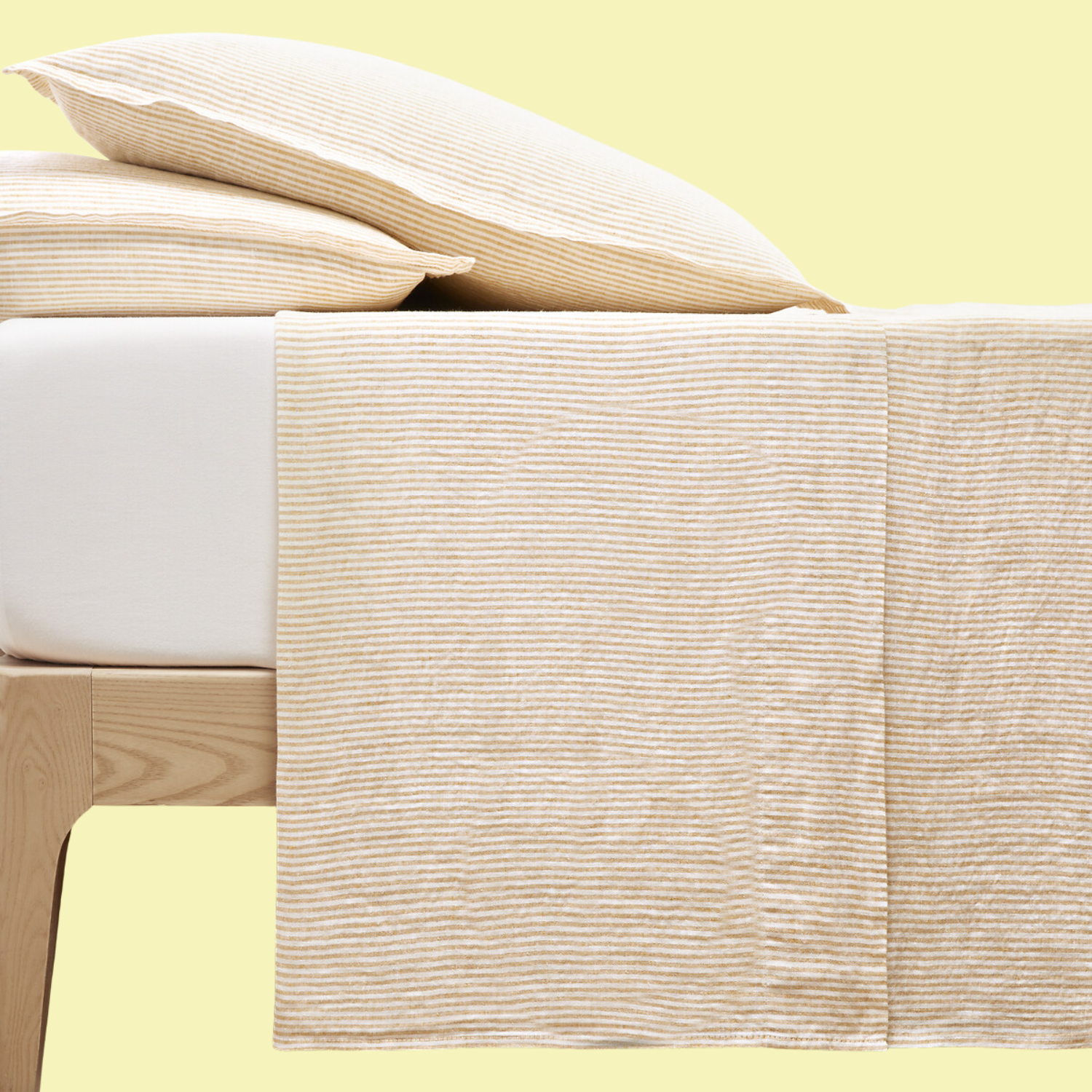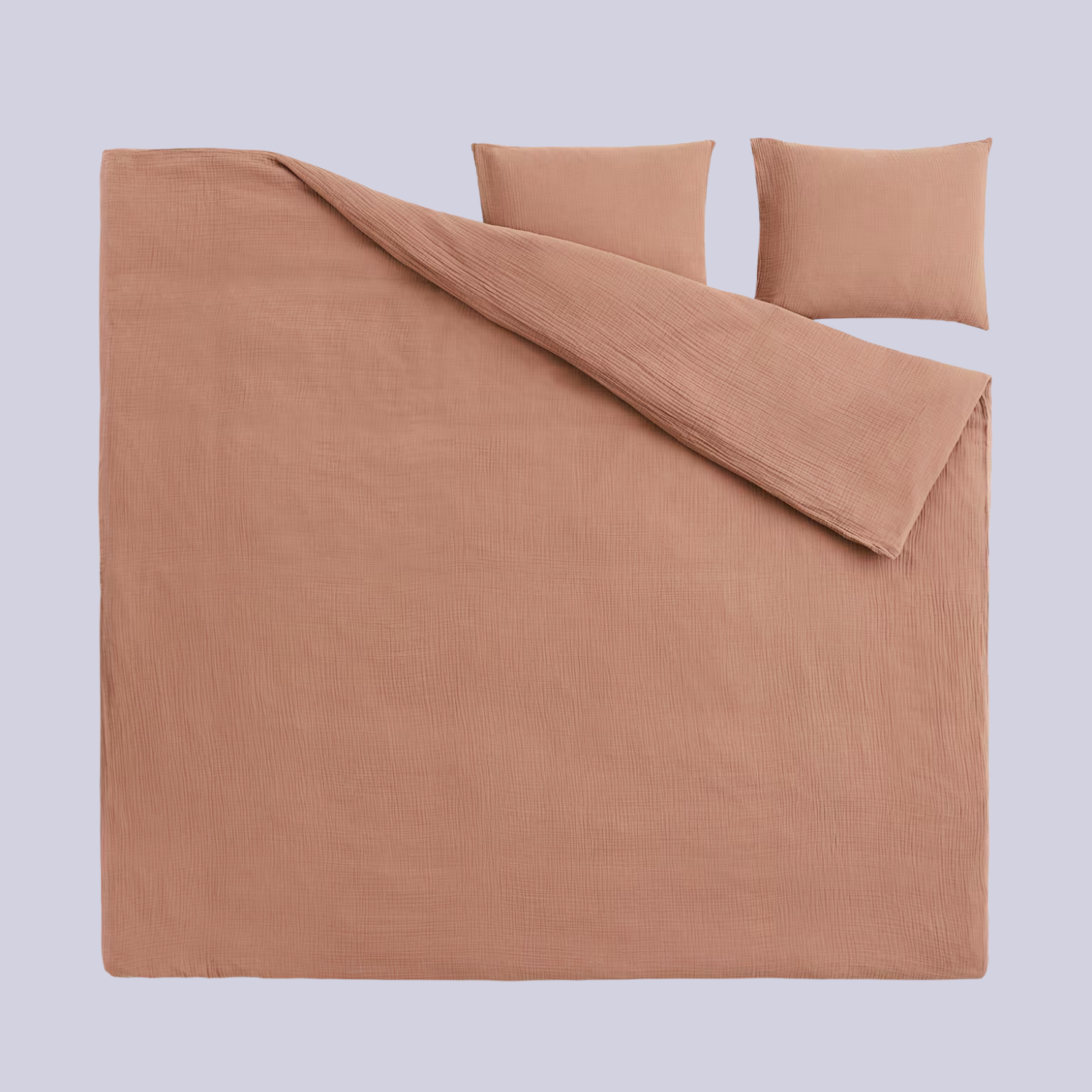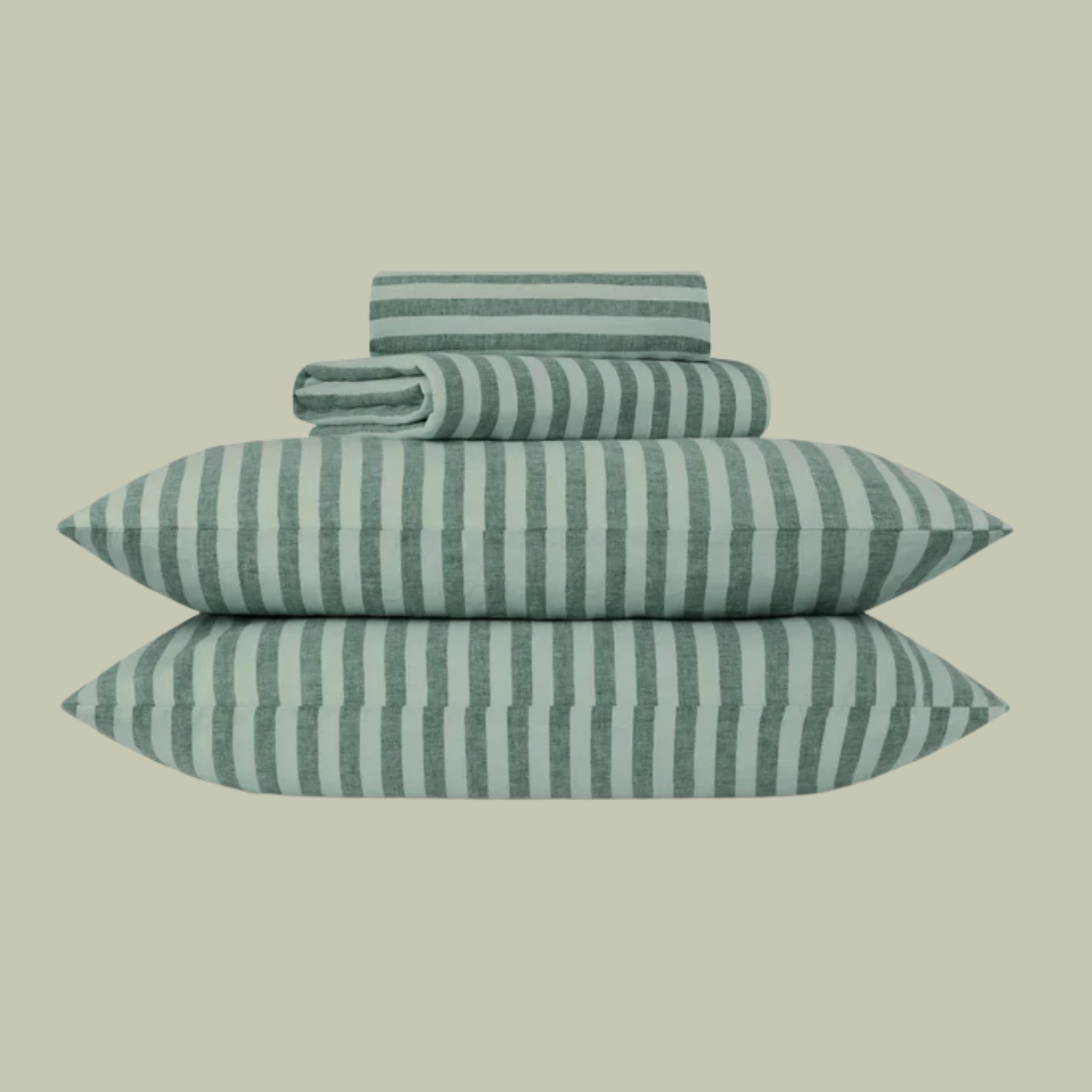Wait, That 'Non-Iron' Bedding Might Sound Like an Easy Shortcut, But There's Something You Should Know Before Sleeping in it
It's not all sweet dreams with this seemingly care-free bed linen material, and here's why


I love making my bed, but I only take contentment in this daily chore on the weekends, when I truly have time to make it completely crease-free and perfectly set. So, when I heard about non-iron bedding, I was immediately hooked on the idea of such a low-maintenance material.
When it comes to the best bed sheets, I'd say non-iron would be up there in my demands, but I've learnt to do my research before I jump to and dress my bedding from head to foot in a new fabric. And it turns out that there are some downsides to non-iron bedding that are worth knowing before you buy.
So here's the lowdown on non-iron bedding. And for good measure, a couple of alternative styles to get into for that crisp hotel-style bedscape.
What Is Non-Iron Bedding?
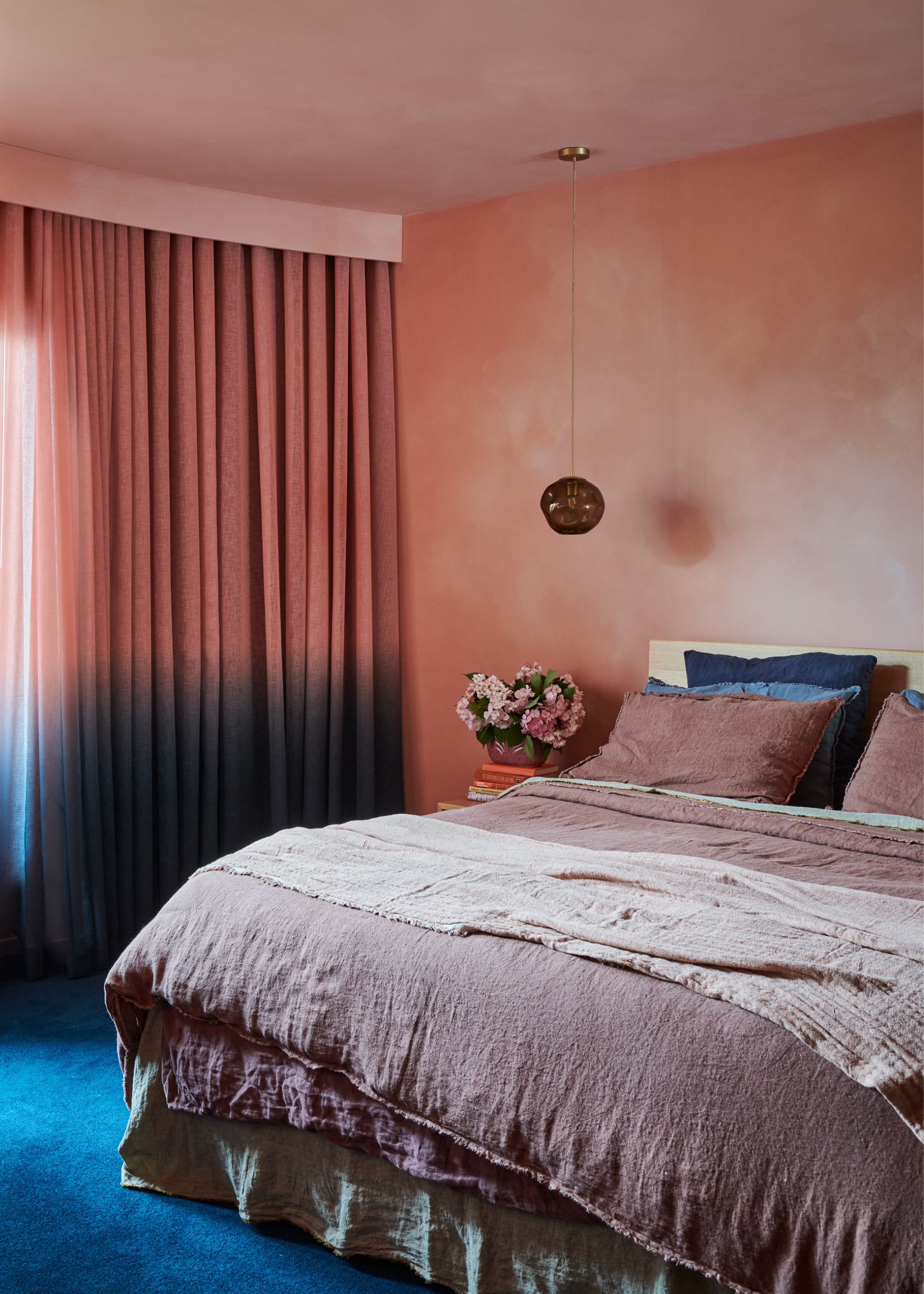
"Non-iron bedding is made from fabrics that are made to not wrinkle, so your sheets and pillowcases look smooth straight out of the dryer," says Kenny Timper, sleep science coach at Sleepopolis. "It’s usually cotton blended with polyester or finished with a special coating to keep the fabric from creasing."
On its own, cotton is one of the best bedding materials around. But Nancy Johnston, bedding expert at Truuce, tells me that non-iron bedding has solved the one small issue cotton has always been guilty of. "Unlike synthetic fibers such as polyester or nylon, cotton doesn’t have built-in elasticity to bounce back into shape," she explains. "Once it creases, it stays that way until heat or steam helps realign the fibers, which is why ironing or steaming works so well."
And non-iron bedding takes away the need for this extra task, saving you time and keeping your bed looking perfect with just a quick tug. But it might not be the best for your sleep hygiene in the long run.
Kenny is a staff writer at Sleepopolis and a certified sleep science coach. He tests the good, the bad, and the ugly of all things sleep, so you can skip the trial and error and jump straight into a good night’s rest. Kenny graduated from William Peace University with a degree in English and a minor in communication. Outside of testing and writing about mattresses, he enjoys hiking, biking, or avoiding the pit at your local heavy metal concert.
A true entrepreneur, finance professional, and master seamstress, Nancy has an enduring passion for pioneering innovation and visionary design. In bringing bedding into the 21st century, she hopes Truuce will help you save valuable time, avoid frustration, and spark a passion for smart luxury.
Is There a Drawback to Non-Iron Bedding?
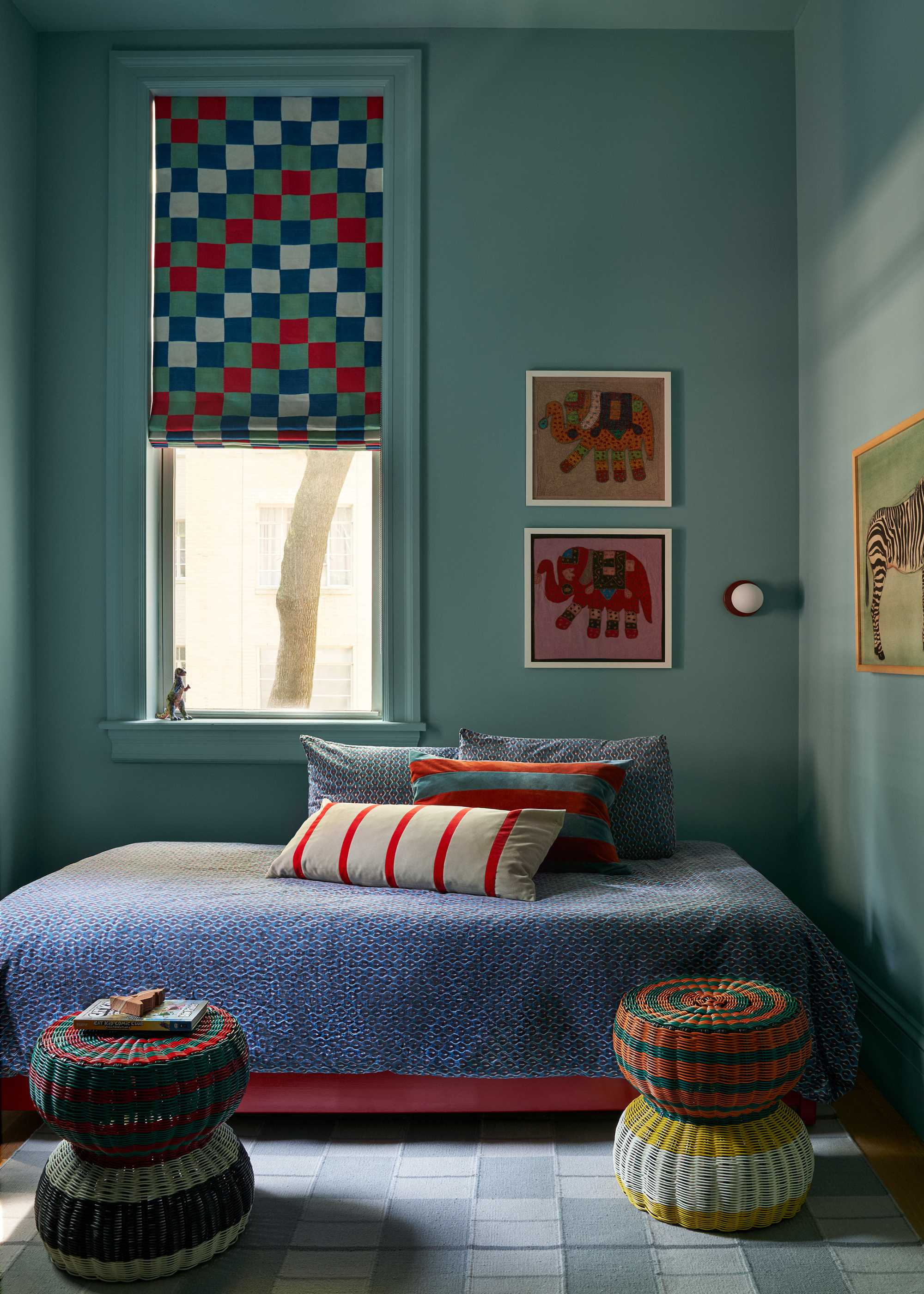
Nancy tells me that the biggest drawbacks to sleeping in non-iron bedding are the overall comfort of the fabric and the chemicals it's often treated with.
The Livingetc newsletters are your inside source for what’s shaping interiors now - and what’s next. Discover trend forecasts, smart style ideas, and curated shopping inspiration that brings design to life. Subscribe today and stay ahead of the curve.
"To keep the cotton fibers flat and crisp, non-iron fabrics are coated with resins that may contain formaldehyde derivatives, which could irritate sensitive skin," she points out.
"Plus, the coating also blocks airflow, making the fabric less breathable and more likely to trap heat and moisture. This can lead to clammy nights, which is the opposite of restful slumber for hot sleepers."
She also explains that over time, these coatings on your non-iron bedding can break down, leaving sheets feeling stiff or even coated. All in all, it's a bedding material to avoid for safer and better sleep.
What's a Great Alternative to Non-iron Bedding?
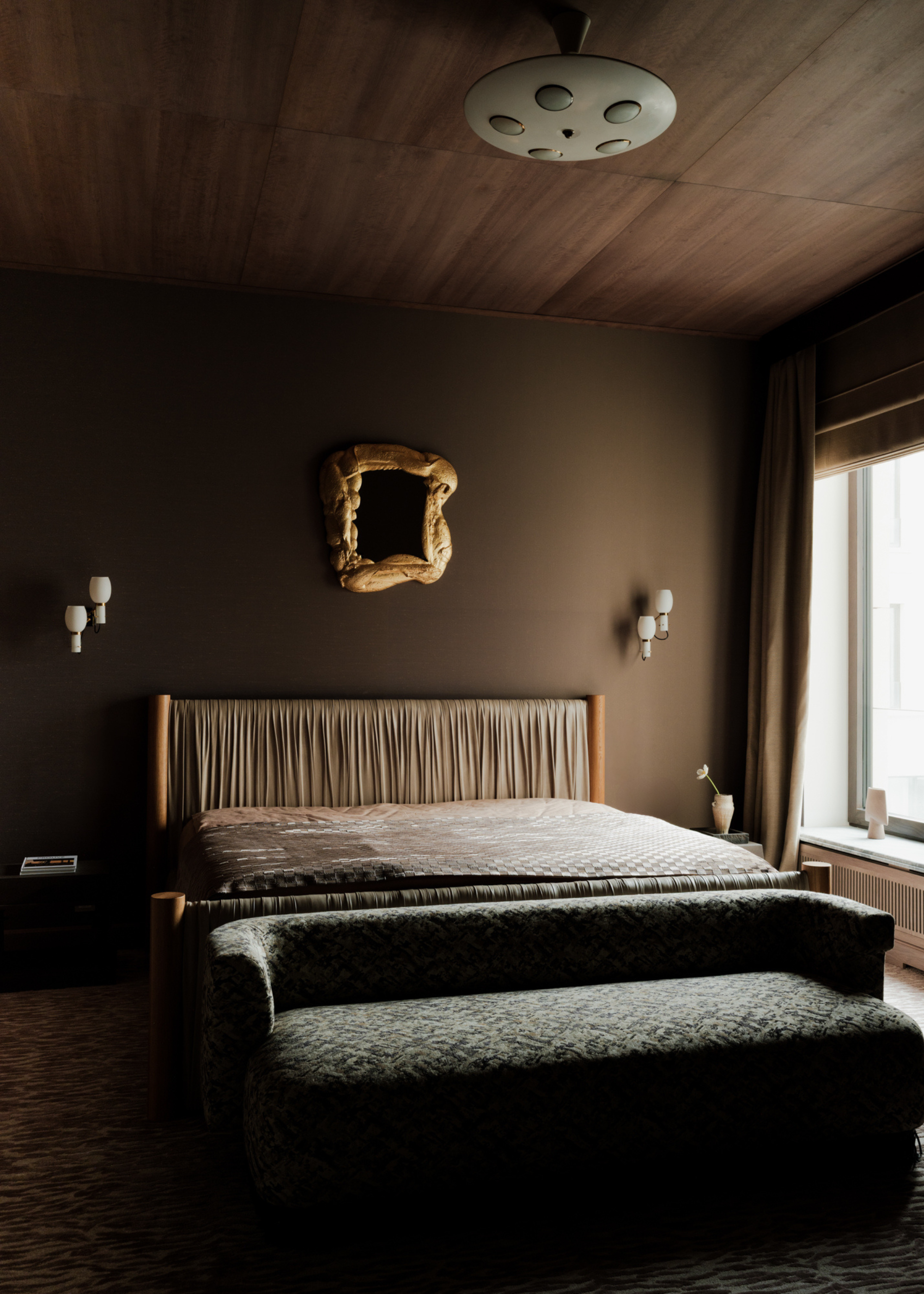
If you want a smooth look without chemicals, Kenny recommends dressing your bed in higher-quality natural fabrics like long-staple cotton, linen sheets, or bamboo bedding.
"These materials typically naturally resist wrinkles a bit more and get softer with each wash," he notes. "And linen especially looks good with a lived-in texture, so it hides wrinkles well."
Nancy also suggests OEKO-TEX certified cotton or Belgian flax linen. "They both age naturally in a way that feels soft, lived-in, and inviting. High-quality natural fibers relax after a few washes and develop an effortless drape without chemicals," she says.
"Or, you can look for blends such as 70% cotton or linen with 30% polyester to reduce wrinkling while maintaining the comfort of natural fibers. The polyester adds a bit of resilience and helps the fabric spring back after washing."
FAQs
How Do You Avoid Ironing Bed Sheets?
If you want to avoid ironing bedding, Kenny suggests using your hands to smooth them over while it’s still warm and straight out of the dryer. "Give them a good shake before putting them on the bed to also release any wrinkles," he advises. "If you want a crisper look, you can lightly steam them once they’re on your bed. Washing your bed linen in smaller loads also helps since it gives them more room to tumble and dry evenly."
Rather than swapping out your current bed linen for non-iron bedding just to save your household schedule from an extra chore, it's better to prioritize your health and comfort with fabrics you can rely on. And our where to buy bedding guide is the best place to look for high-quality materials that span a range of price points.

Amiya is a Home Wellness Writer at Livingetc. She recently graduated with a Masters Degree in Magazine Journalism from City, University of London, and has lent her words to beauty, fashion, and health sections of lifestyle publications including Harper’s Bazaar and Women’s Health. Her experience as a research analyst has equipped her with an eye for emerging trends. When she’s off the clock, she can be found reading, listening to music, or overanalyzing her latest Co-Star update.
